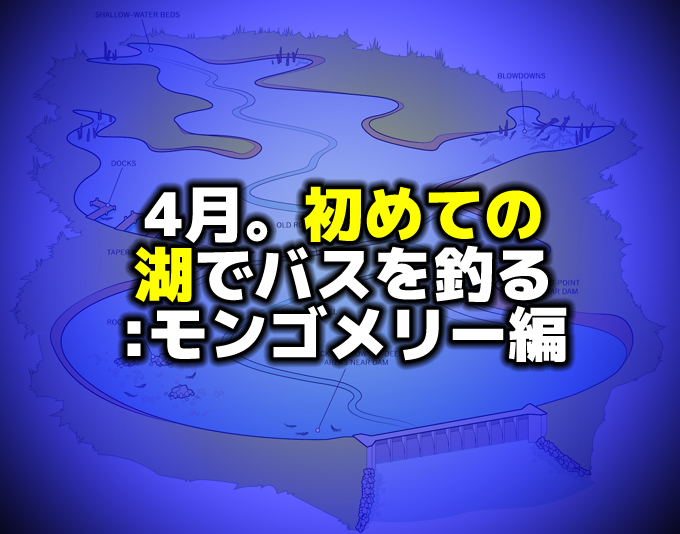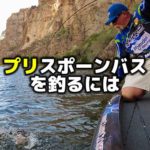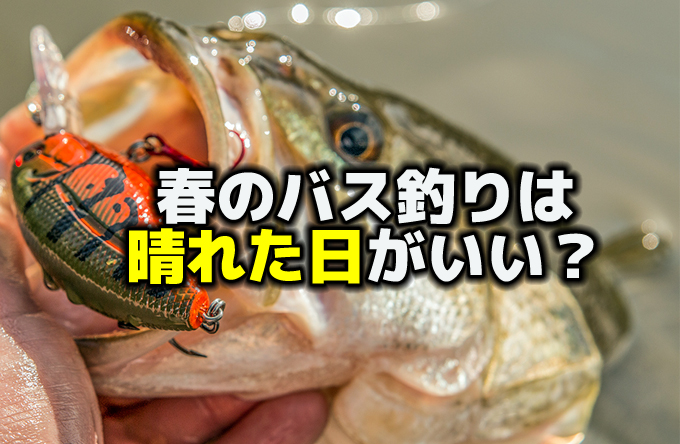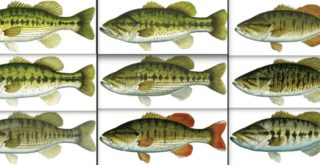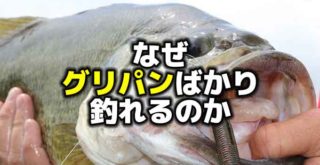プリスポーンバスが立ち寄る場所とは

Photo by bassmaster.com
こんにちは!店長の小山です!
本日は海外サイトより、”Find the prespawn staging areas”という記事を引用してご紹介いたします。
引用先:bassmaster.com”Find the prespawn staging areas”by Ott DeFoe March 6, 2018(海外サイトです)
いよいよ春が近づいてくると、釣り人はそわそわしてきます。
冬に釣りをするのも嫌いではないけれど、快適ではない。だから春の方が好き。これは、誰にでも言える正直な意見だと思います。
しかし春が好きな理由はそれだけではないはずです。むしろ皆さんはこう言いたいのではないでしょうか「プリのメスを狙って釣りたいから春がいい」と。
私も賛成します。プリのメスというのは大型が狙えるからいいとも言えますし、その他にも生命感といいますか、じっとしている冬の魚とは違い、これから産卵するという、生きる力…というのでしょうか?フィールド全体の生命感?これを相手にする感じが好きなんです。皆さんもそんな感覚があるのではないかと勝手に連帯感を持っています。
そういうわけですから、春の魚についてはよく研究します。自分のフィールドには、いつ、どこに、どんな風にやってきて、何を食うのか。
色んな人の意見を参考にしたいものですよね。
この記事は、アメリカバスマスター、エリートプロであるオット・デフォー氏が、プリスポーンバスがスポーニングに入る前に立ち寄る場所と、その考え方を共有してくれたものです。
何か新しい情報があるかもしれません。ぜひ読んでみて下さい。
プリのバスが上がってくる場所
It’s about time for the prespawn to begin. For all that’s written and said about this phase of a bass’ life, it isn’t all that complicated if you keep a few things in mind.
The prespawn begins with Mother Nature’s seasonal changes. The first thing that’s usually mentioned is water temperature, but it’s about a lot more than that. You often hear about a “perfect” temperature that starts the bass moving. There’s no such thing.
Assuming a water temperature of at least 50 degrees, things like the length of the day and the angle of the sun affect the prespawn movement just as much or more than any increase in water temperature. Without them temperature is a secondary factor.
Some will disagree with me, and I have to admit that there may be a few small bass that’ll go based solely on temperature. But it’ll only be a few. The big ones, as well as most of the small ones, look for other cues. They sense that it isn’t time until the length of the day and the angle of the sun are in line no matter what the water’s doing.
When I’m looking for prespawn bass early in the year I pay more attention to water color than I do to water temperature. Most of the early fish will hold somewhere between 2 and 8 feet. If the water’s dirty or heavily stained, I start looking on the shallow end of that depth range. If it’s clear or clearing I go deeper until I’m comfortable with where the light penetration drops off, and the bass have a safety factor when they stop.
I’d rather catch bass shallow so I’m a little prejudiced in favor of stained, shallow water.
Something else that I think is often misunderstood about the early prespawn is the idea that the females stage on breaks, things like channel swings and underwater crevices — quick changes in depth. They do stage on those areas but only because they’re there.
They’re just as likely to stage on a stump, a rock, old fencing, a tire or anything else that happens to be around. A staging spot is about something different. It’s not about natural structure.
Another thing about holding areas is that they aren’t always between deep water and the places where the bass will make their beds. Sometimes they stage shallower than they spawn. This is especially common during an unusually warm spell that lasts for several days. A weather pattern like that drives the baitfish shallow and, of course, the bass follow. When it’s time to actually spawn they turn around and move back out a ways.
My preference for lures at this time of the year is pretty much ordinary. I like lipless crankbaits and bladed jigs. They seem to be exactly what the bass like when they’re resting up and feeding heavily.
Traditional hard crankbaits will work, too. A Rapala Shad Rap is hard to beat during the early prespawn. It’s been catching bass forever and shows no signs of slowing down. The Rapala DT4 and DT6 are also good choices.
Don’t let the early prespawn get the better of you, and don’t make it difficult by fixating on water temperature and structural breaks. Keep the big picture in mind.
そろそろ、プリスポーンと呼ばれる時期になってきました。このころのバスの生態について言われていたり書かれていることはいろいろありますが、わずかのことを覚えておけばそれほど複雑なことではありません。
プリスポーン状態は、母なる自然の季節変化がもたらします。よく言われているのは水温についてですが、他にもまだ多くの要因があります。バスが動き始めるのは「○○℃だ」という水温の話をよく聞くと思います。そんなものはありません。
少なくとも10℃の水温が必要だと仮定するとしても、それには日の長さや太陽の角度などが関係しているわけで、水温の上昇と同じくらいまたはそれ以上にプリスポーンの動きに影響します。それらが起きなければ得られない水温は、二次的な要因になるのです。
何人かの人は私に同意しないでしょう、そして、私は単に温度だけで動く小型のバスもいるだろうということを認めなければなりません。しかし、それはほんの少数に過ぎません。大型のバスは、小型のものとは違い、他のきっかけを待っています。水の状態がどうあれ、彼らは日の長さと太陽の角度が適さなければ、今ではないと感じています。
私がシーズン初期のプリスポーンバスを探すとき、水温よりも水の色に注意を払います。早春の魚のほとんどは0.6メートル〜2.4メートルのどこかにいます。水がどちゃ濁りだったり結構な濁りがある場合、私はそのレンジの浅い側から探すようになります。クリアまたは晴れている状態であれば、光の透過率が落ちて快適に感じるか、安全と感じる深さまで落ちて留まります。
私はどちらかと言えば濁りの入ったシャローのバスを釣る方が好きな傾向があります。
私が考える初期のプリスポーンについての誤解のなかに、メスがチャンネルの曲がり角や谷のような地形をした、レンジを簡単に変えられるブレイクに立ち寄るというものがあります。彼らはそこにいるだけであって、その付近に立ち寄るのです。
彼らは例えばスタンプ、岩、古いフェンス、タイヤ、またはなにかの周囲に立ち寄る可能性が高いです。立ち寄り地点とは何か別のものです。自然の地形変化ではありません。
バスがいるエリアに関するもう一つの点としては、ディープとスポーニングエリアの間に常にいるとは限らないということです。時々、彼らはスポーニングエリアよりも浅い場所に立ち寄る事があります。これは特に異常に暖かい日が数日間続いた最後の日です。そういった気象パターンはベイトのレンジを浅くし、もちろんバスもそれに続きます。実際にスポーニングするタイミングになると、彼らは向きを変えてスポーニングエリアへと後退します。
この時期のルアーに対する私の好みはかなり普通と言えます。バイブレーションプラグとチャターが好きです。これらはまさに、彼らが休んでるときも食いまくっている時でもバスは好きなもののようです。
クランクベイトも効果的です。ラパラ・シャッドラップは、初期のプリスポーンに効果てきめんです。長い間にわたってバスが釣れ続けており、失速の兆しすら見えません。 ラパラ・DT4とDT6も良い選択です。
初期のプリスポーンという言葉に惑わされてはいけません。また、水温やブレイクなどの地形変化に固執して難しくしないでください。大きな視点でフィールドを見てみてください。
いかがでしたか。
色んな人の意見を聞くということはつまり、余計に混乱する原因ともなるわけですね(笑)
これまでのプリスポーンバスの定説を真っ向から否定するような考え。私にとっては、この意見にこそ、振り回されてしまいそうな気すらしてしまいます…。
しかしオット・デフォーです。彼は2度のエリートチャンピオン、2度のバスマスターオープンチャンピオンなどの成績を残すトップアングラーの1人ですから、デタラメなわけもありません。
彼の独特の意見は、もしこれまでの定説通りにバスを探しているのにどうもバスからの反応が得られない時のバックアップパターンとして、また、スタンプエリアを知っていたり、釣行日が暖かい日が続いたタイミングに重なった時の隠し玉パターン(?)として知っておくとかなり効きそうな考えだと思いました。
ほんとに、私なんかは固定概念というものに惑わされてしまって、柔軟な立ち回りというのでしょうか、そういうのができないもので、我ながら困ったものです。
デフォーの言うように、もっと大きな視点でフィールドを見る力を付けて、絞り込んでいく技術というか考え方、これを自分のものにしたいものです。
でも、いざフィールドに出ると、春というウキウキを抑えきれず、また見失いそうな気もします(笑)
全部春のせいです(笑)
皆さんもお気を付け下さいませ。
それでは、また。
毎度ありがとうございます!
